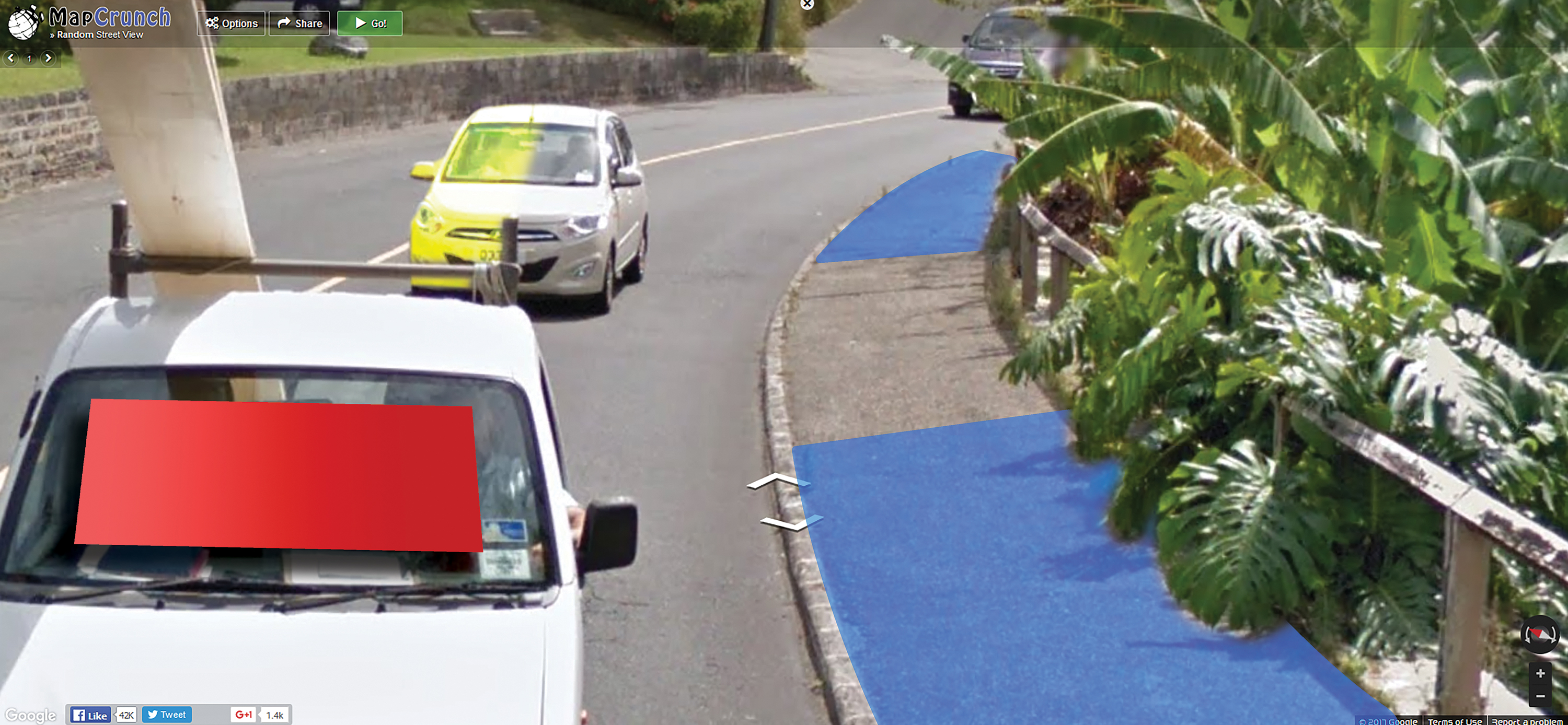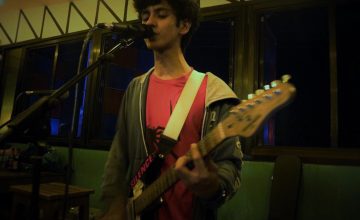Worlds within worlds within worlds. That’s what we have currently in this virtual reality-inclined climate we have today. Remember those old 3D games that gave us a virtual tour of say, the Great Pyramids, or an old castle out in Europe? It felt like we were there. Today, we can readily immerse ourselves in different universes more deeply than ever before.
There’s this website called MapCrunch that makes a game out of Google Street View and Google Maps by taking you to a random location around the world with the goal of finding an airport to “go home.” The rules are simple: you can only navigate through what is given to you—no markers on where you are, no precedent for where you’ll end up.
The whole experience feels like backpacking across a foreign country. Like a blank slate walking across the frontiers of unknown horizons. But the game has its limits. Everything is rendered in 2D, and in frozen perspectives of only one panel.
We tasked four budding writers to play MapCrunch and write about what they make out of their experience, and much like the game itself they had free rein for what they would write about. The resulting pieces ponder the tech-inclined future of travel, the necessities and limits of the game, and the feeling of going to certain places without actually being there.
What They Don’t Tell You About Getting Lost
By AJ Elicaño
Illustrations by Aaron Silao
You wake up in the middle of an unfamiliar road, and your first thought is that this is nothing like The Hangover. There is nothing funny or sexy about finding yourself in a strange place and having to make your way back home, damn what Hollywood says. Maybe all that wine as you arrived at the airport was a bad idea. At least you’ve still got your clothes.
You regret not owning a smartphone. (You regret a lot of things.)
You look around and realize that, fittingly, you’re on a blind corner. This is as on-the-nose a metaphor as any, and you would appreciate the complete lack of subtlety if it weren’t so inconvenient. You’re beside a low stone wall with a hedge atop it, and between that, the sharp curve of the road, and the absence of signage, there’s little way to guess where you might be. The few visible houses are low, no-frills, and done in muted colors; the horizon is clear of skyscrapers. Wherever you are, it’s probably not an urban center.
The sky is gray and overcast. You start walking before it opens up.
Cities have an order, a sense of where things go and how things move, such that even if you were a newcomer to the jumble and chaos of Manila, you might be able find your bearings by following the thrum of the traffic jams and the pulse of the pedestrians until you found a mall. That’s how Manila works—cars and crowds and shopping centers—and most cities can be navigated the same way. You just have to learn what makes them tick.
But you are in the countryside in what appears to be the late afternoon, and very little is ticking. The roads wind and twist upon each other, and you pass many of the same junctions twice, thrice, before throwing up your hands and sitting on the pavement. If there is a “right way,” you haven’t found it, and you’re not sure you can.
Darker now. What the hell. You stand up again.
Instead of navigating, you just start walking. Instead of taking unfamiliar turns and accidentally doubling back, you pick a road and follow it. If where you are isn’t working, the trick is to not worry so much about where you might end up, and concentrate on getting Somewhere Else.
The first road sign feels like a benediction. “Glenwood Park Crescent.” They speak English, but that’s not as important as this: there’s a sign. You’re getting somewhere.
(You will later learn that you’re in Bermuda, which is another too-perfect metaphor, really. Of all the places to get lost…)
A little further, you see the first cars. You ask for a ride from one. They turn you down, but there are others. Oh heaven, there are others. You may not be home yet, but for the first time, you can imagine getting back to it, and this—this is the moment, you think, when you really stop being lost.
This piece was originally published in our March-April 2017 issue and has been edited for web. View the full issue online here. For physical copies, our delivery locations are listed here.

























Comments